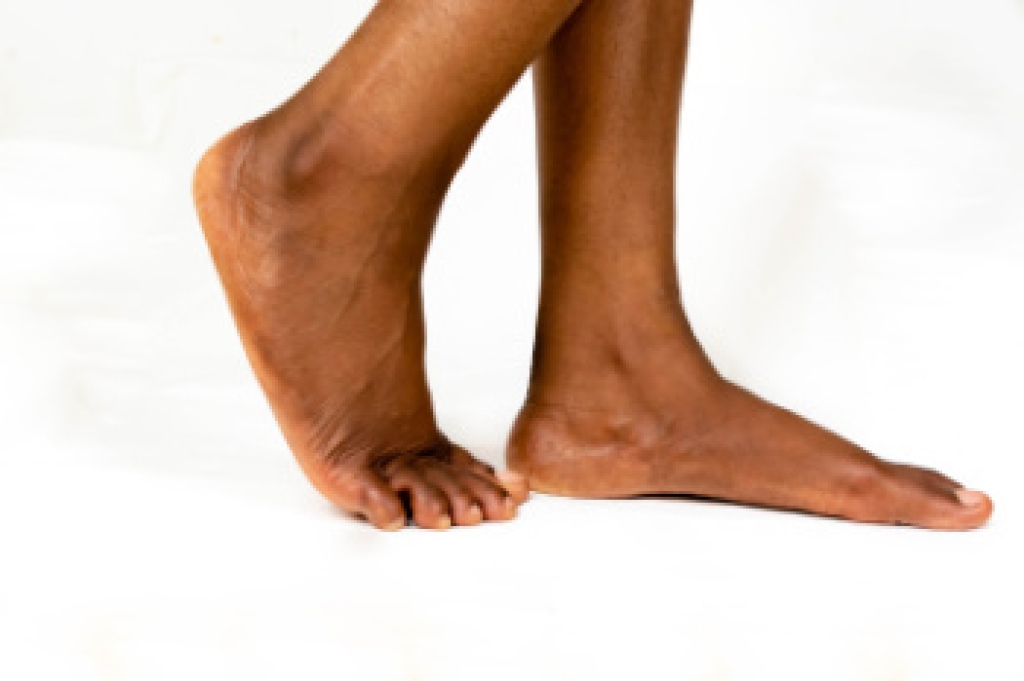
Flat feet and fallen arches can affect balance, comfort, and the way pressure moves across the feet with each step. Some people are born with low arches while others develop them over time, due to aging, injury, excess weight, or weakened tendons. When the arch flattens, the feet may feel tired, achy, or unstable, especially after long periods of standing or walking. Swelling along the inner side of the foot or ankle can appear, and shoes may wear down unevenly. Some individuals notice discomfort in the knees, hips, or lower back because the body begins to compensate for the altered foot structure. Paying attention to these changes supports long-term mobility and reduces strain on joints. If you have persistent foot fatigue, pain, or difficulty with stability, it is suggested that you see a podiatrist for effective management tips.
Flatfoot is a condition many people suffer from. If you have flat feet, contact Charles Oehrlein, DPM from Hoover Foot Care. Our practitioner will treat your foot and ankle needs.
What Are Flat Feet?
Flatfoot is a condition in which the arch of the foot is depressed and the sole of the foot is almost completely in contact with the ground. About 20-30% of the population generally has flat feet because their arches never formed during growth.
Conditions & Problems:
Having flat feet makes it difficult to run or walk because of the stress placed on the ankles.
Alignment – The general alignment of your legs can be disrupted, because the ankles move inward which can cause major discomfort.
Knees – If you have complications with your knees, flat feet can be a contributor to arthritis in that area.
Symptoms
- Pain around the heel or arch area
- Trouble standing on the tip toe
- Swelling around the inside of the ankle
- Flat look to one or both feet
- Having your shoes feel uneven when worn
Treatment
If you are experiencing pain and stress on the foot you may weaken the posterior tibial tendon, which runs around the inside of the ankle.
If you have any questions, please feel free to contact our office located in Hoover, Oneonta, and Munford, AL . We offer the newest diagnostic and treatment technologies for all your foot care needs.




